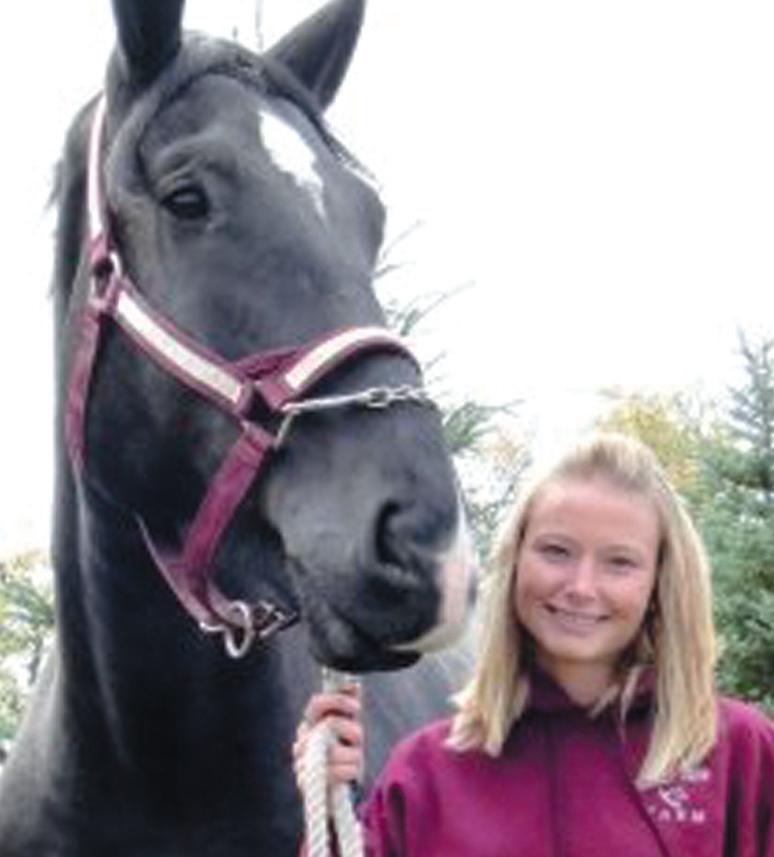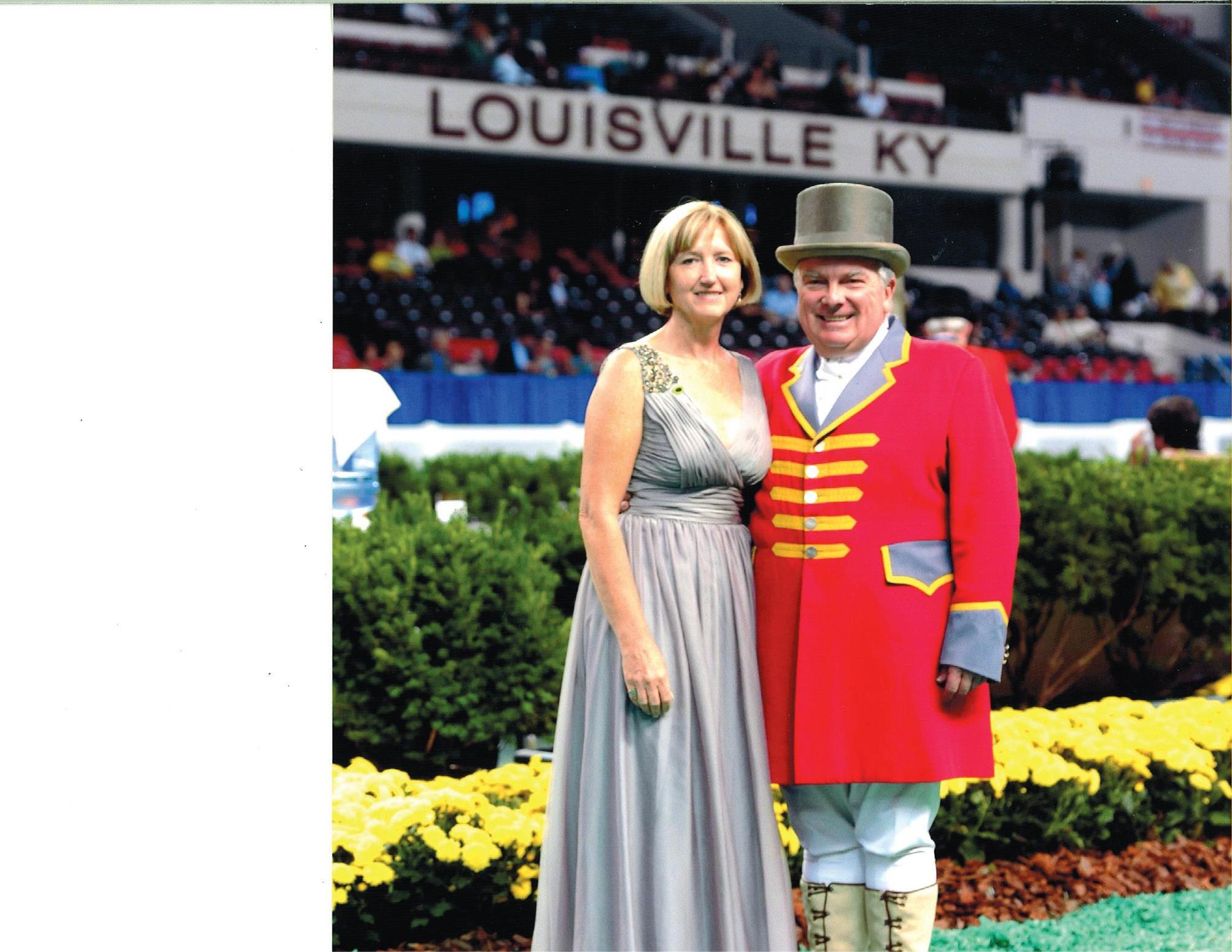
3 minute read
The Early Days of Oklahoma City
THE WILD, WILD WEST
The Early Days of Oklahoma City The Early Days of Oklahoma City
Advertisement
Maybe you have been to Oklahoma City several times competing at the Morgan Grand National & World Championship. Maybe you are going for your first time this year. But do you know about Oklahoma City’s very unconventional start?
Many have heard of the Native American relocation in the 1820s; the most infamous example is the Cherokee “Trail of Tears” account. Part of the land they received was within the “Unassigned Lands” that began to be settled without
permission by pioneers know as “Boomers” in the late 1800s.
Stay with me here.
After the Civil War, westward expansion was certain. Railroads spread into the Indian Territory, and the Federal Government was pressured to open some of the land set aside for the American Indians to eager settlers. The outcome was the Land Runs.
Imagine this: it is April 22, 1889, and your family is determined to get in on the land give-a-way by the federal government. But first, you have to wait at the border of the “Unassigned Lands” along with all the other would-be settlers for the signal at noon. Some settlers known as “Sooners” sneak through early to stake the best claims. Dogs are barking, babies are crying, and gunshots are fired into the sky. For some families this is a new beginning, for others a last hope. Then a cannon is shot to proclaim the start of the 1889 Land Run. All is madness and chaos as thousands cross the borders: wagons bounce across the prairie, horses and riders race for the front, and those on foot hightail it as best they can in the hope of staking a good claim. By nightfall there is a tent city of over 10,000 people where Oklahoma City lives on today.
This tent city was incorporated just a year later as Oklahoma City. There were other land runs into the territories, but nothing ever reached the size of the Land Run of 1889. The city doubled in size within ten years, and despite the lawlessness of the early settlement, it came to be known as a nice town for raising a family.
Keep in mind: people were shot at and killed over claims. That’s because picking a good claim was serious business. If you were going to run a hotel, you needed a claim in the heart of the city. If you were going to ship cattle, you would want to be near the railroad. If you wanted to run a ranch, you would need a claim with good access to water. Your family’s future would depend on whether the claim you picked was a good one for your trade. And the Homestead Act said if you stayed on your claim and improved it, then after five years it was yours—free and clear of any other claim. It starts to make sense why those early settlers went tearing across the prairie when that cannon was fired.
It’s easy to tune out when you are in history class, but the next time you hear the term Land Run, stop and think what it meant to be part of that intense competition for land. There were a lot of people killed trying to stake and later defend their claims. Native Americans lost a piece of their land grant in the process. And while the fortunes of many settlers were made, the fortunes of others were lost forever. See, that wasn’t bad, was it? n
Tinted lithograph of Oklahoma City, circa 1890. Published by Thaddeus Mortimer Fowler.
By Nancy Norton, Executive Editor





